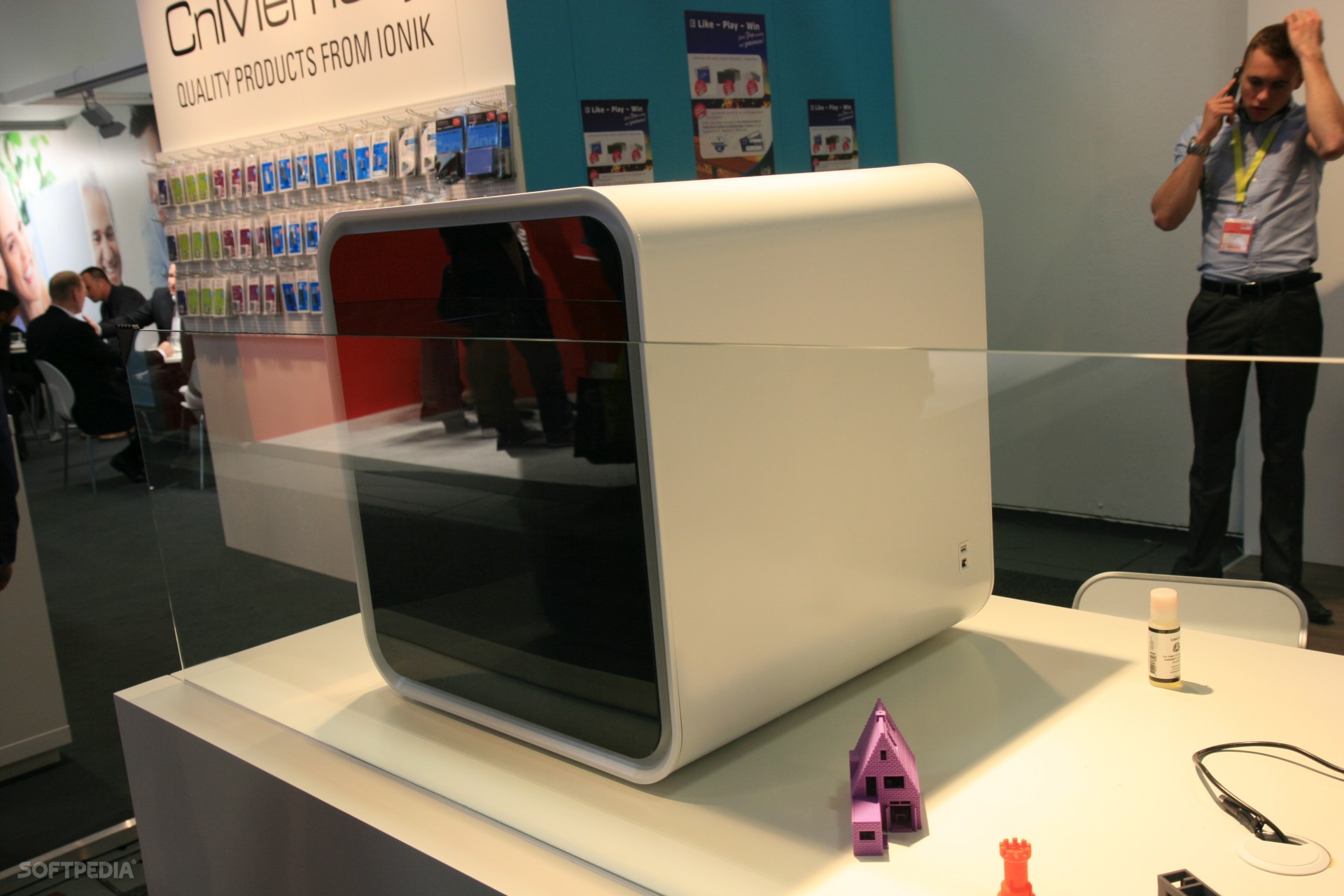
However, the Cube ended up being too limited for professionals who could have afforded the purchase, and too expensive for the user who would have been a perfect fit for the specifications.
Cube pro trio review pro#
However, there’s always been a conundrum hanging over the Mac line-up that Apple have never quite been able to solve: is there an overlooked gap between the mac Mini (not forgetting the iMac) and the Mac Pro into which another desktop Mac could fit? Something allowing for a little more design thinking than a regular Mac Pro, but without sacrificing performance to reach a price tag for the rest of us.īack in 2000, Steve Jobs opened a new space in the product strategy to accommodate the PowerMac G4 Cube, a stunning, fan-less PowerMac G4 miniaturised into what Jobs referred to as an eight-inch cube (it was actually 7.7 inches, to be precise) suspended in a clear plastic acrylic stand. And this ‘product grid’ strategy has arguably kept Apple focused for a quarter of a century, despite dropping the word ‘computer’ from its corporate identity and diversifying into mobile products like the iPhone and iPad. The iBook became the MacBook, whilst the PowerBook and PowerMac graduated to be known as the MacBook Pro and Mac Pro.

In keeping with the now iconic iMac brand, all Macintosh computers would now feature Mac in the product name, and the word ‘power’ would be exorcised and replaced with the more ambiguous sounding ‘pro’. In fact, the strategy worked so well that it remains largely the same to this day with a few modifications.ĭuring the Mac’s transition from the PowerPC to Intel’s x86 architecture in 2007, Apple took the opportunity to refresh the original naming scheme. This product grid initially saw a line-up of the iMac and iBook for consumers and education, joined by the PowerMac and PowerBook at the high-end. There would be a desktop and notebook aimed at general consumers and education (one of Apple’s last remaining business verticals), and a desktop and notebook for professionals (essentially meaning creatives, the other market where Apple had retained some dominance). To solve this problem, then-interim CEO Jobs described the process as going “back to business school 101”, resulting in a two-by-two grid to illustrate the four types of Mac products Apple would focus on going forward.

At the time, the company’s Mac product line was a sea of numbers and confusing contradictions, making it hard to differentiate what type of user each product was aimed at.

When the late Steve Jobs returned to Apple towards the end of the ’90s, one of his first decisions in resuscitating the Mac was to introduce a new and simplified product strategy.


 0 kommentar(er)
0 kommentar(er)
